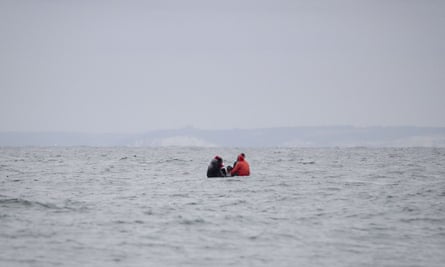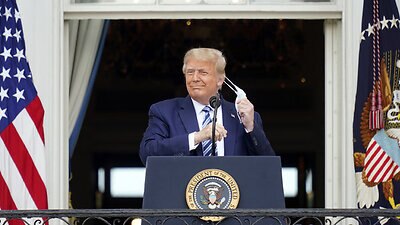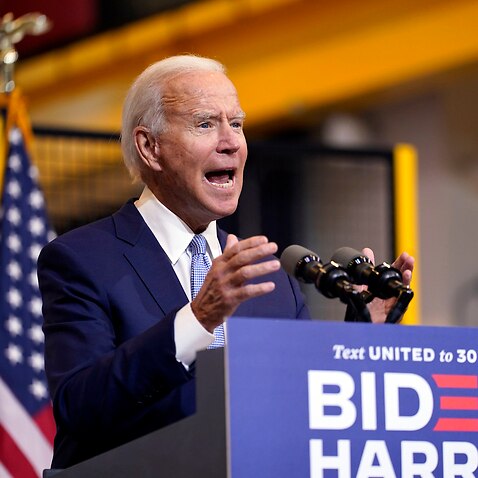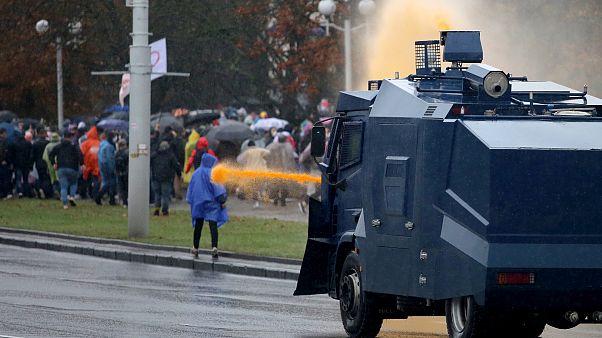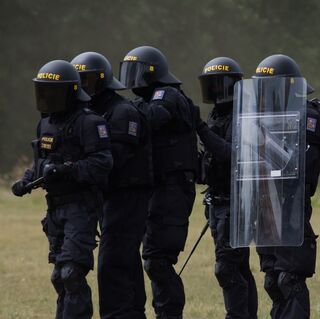Canadian detained in China 'astonished' to learn about scale of Covid pandemic
On Saturday Michael Kovrig had his first contact with diplomats since January, saying he was determined to come home

One of the two Canadians that Ottawa says are held arbitrarily in China was “relieved” to get outside news via a virtual diplomatic visit and astonished to learn of the scale of the Covid pandemic, his wife said on Sunday.
Canada announced on Saturday its first contact since January with Michael Kovrig and Michael Spavor, who have been imprisoned in China for nearly two years.
After months of “extreme isolation, Michael was greatly relieved to receive news from the outside world” and of his family, Kovrig’s wife Vina Nadjibulla told the CBC.
“We are extremely proud that despite his long confinement, Michael’s spirit, determination and even his sense of humour remain unbroken,” she said, adding that her husband was shocked to learn about the scale of the coronavirus pandemic.
“He was astonished to learn about the details of the Covid-19 pandemic and remarked that it all sounded like some ‘zombie apocalypse movie,’” her statement read.
“Of course, our focus remains on doing everything possible to bring Michael home. We are deeply grateful for the support and solidarity of all Canadians.”
Canada’s ambassador to China Dominic Barton obtained “virtual consular access” to Spavor on Friday and Kovrig on Saturday, the Canadian Foreign Affairs ministry said in a statement.
Former diplomat Kovrig and consultant Spavor have been imprisoned in China since 10 December, 2018. They were charged with espionage last June.
Their detention is seen by Western governments as retaliation for the arrest in Canada of Meng Wanzhou, chief financial officer of Chinese telecoms giant Huawei and daughter of its founder.
Meng was arrested on a US warrant in December 2018 during a stopover in Vancouver.
She is charged with bank fraud related to violations of US sanctions against Iran, and has been fighting extradition ever since.
Prime Minister Justin Trudeau said on Saturday he had spoken with Donald Trump and thanked the US president for Washington’s continued support of efforts to free the two Canadians.
When announcing the consular visit on Saturday, the Canadian government reiterated its deep concern over the “arbitrary detention” of the two men and called for their immediate release.
The purpose of consular visits is generally to assess the condition of a detainee, clarify the nature of his detention, provide advice, seek access to medical care if necessary, and serve as a channel of communication between the detainee and his relatives.
With Agence France-Presse
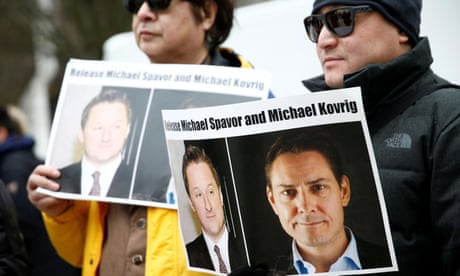
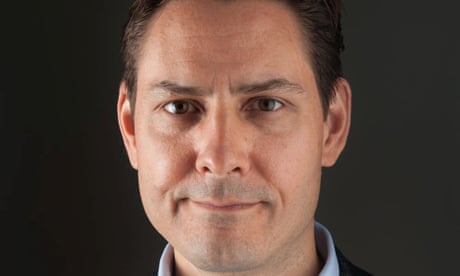



 In 2016, Hadjian performed in Sharjah at an event that commemorated Armenian Independence Day. Nancy Hajian
In 2016, Hadjian performed in Sharjah at an event that commemorated Armenian Independence Day. Nancy Hajian
